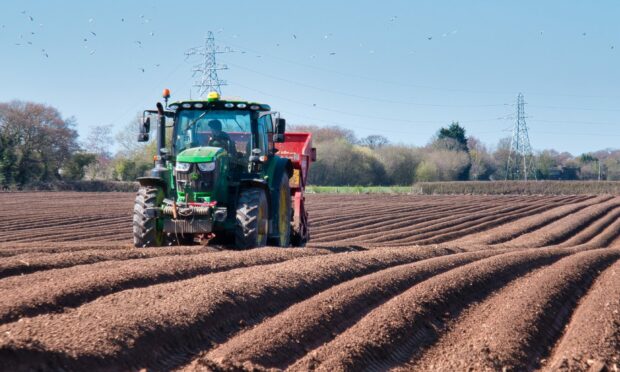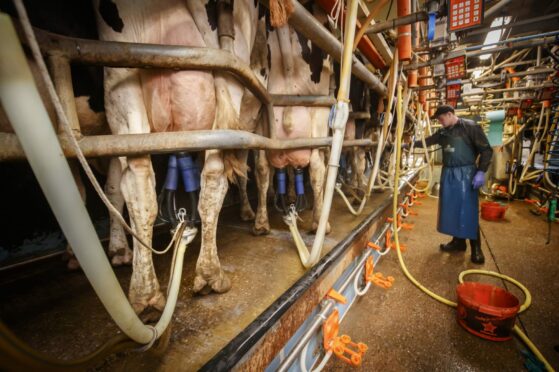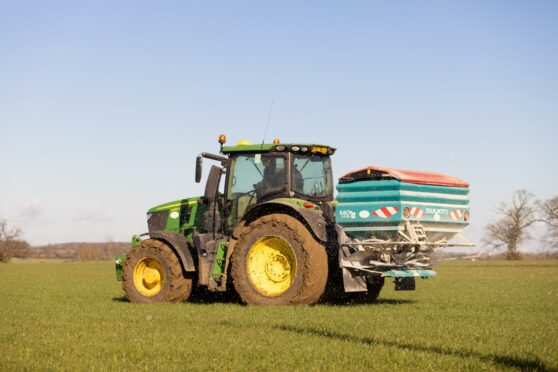A detailed analysis of agricultural input prices shows the cost of farming in the UK has increased by more than 23% in the last six months.
The figures, produced by Anglia Farmers (AF), the UK’s largest member-owned farm buying group with a turnover of more than £250m, come on top of a 22% increase in input costs in the year to September 2021.
AF’s interim “Aginflation Index” – a weighted average of over 130 items using data from the 3,000-member group’s procurement teams – confirms what most producers already know to their cost, that animal feed has increased by 27%, fuel by 29.4% and fertiliser by 107.7%.
Cereals and oilseed rape production show the highest increases in costs at 28.05%, and sugar beet growing as the lowest, however potatoes have also suffered from negative inflation – a fall in price of -2.3%. So while the inflation index shows costs to that sector have risen by 26.72%, the combined total is 29.02%, an even greater impact on margins than cereals and oilseed rape.
In contrast, while the dairy enterprise category has inflation reaching 21.32% in the last six months, the increased value from milk retail of 19% is closing the gap.
The group is well placed to understand the costs as it sources 200,000 tonnes of fertiliser, over 14,000 tonnes of cereal and pulse seeds, 105,000 tonnes of feed and 90 million litres of fuel for members every year.
The index shows no farming sector has been able to avoid double digit inflation, and AF chief executive David Horton-Fawkes says the consequences of the crisis facing many growers will be felt across society.
“The causes are deeply rooted and go beyond the appalling events in Ukraine and the continued lockdowns in China,” he said.
“Farmers are inherently resourceful, but cash flow now poses an existential threat to many businesses because some farmers simply won’t be able to afford to grow crops or raise livestock next year.
“Beyond the immediate crisis, the combination of war and post-pandemic disruption highlights the strategic imperative to secure more resilient supplies of essential farm inputs and energy and the need to develop more collaborative relationships with supermarkets and processors.
“Sadly, the most acute pain will be felt by those who can least afford to bear it, but these numbers reveal that the whole supply chain web needs to reset to secure affordable food in the UK and beyond.”


